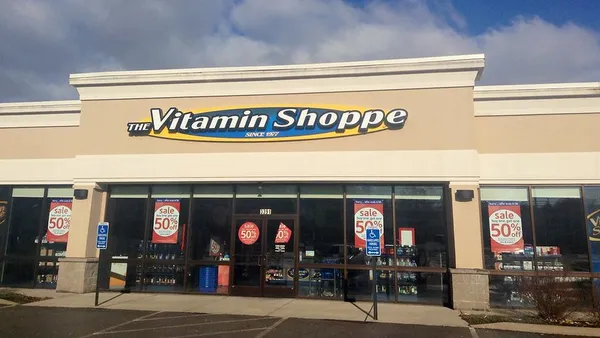Dive Brief:
-
Landlords remain open to negotiation, so that rents on average are below pre-pandemic levels, and leases are still generally shorter. But pandemic-related concessions like percent-sale rent and rent relief are now harder to come by, according to the JLL City Retail 2022 report.
-
The recovery in urban areas is split, with districts dependent on office workers and tourists slow to revive, and neighborhoods comparatively thriving, according to the report.
-
Pandemic-era street reconfigurations to facilitate outdoor dining continue to aid the retail rebound in some neighborhoods, as cities look to make some temporary moves more permanent, JLL found.
Dive Insight:
Despite the quarter century-long rise in e-commerce, and the push that digital sales got during the pandemic, stores remain important marketing, customer acquisition and distribution tools.
But where stores are located is in flux, as downtown districts like San Francisco's Union Square remain fairly empty of tourists and office workers, and as many people continue to work from their homes.
In San Francisco, for example, foot traffic around Union Square remains about 40% below pre-pandemic levels. In its more residential Marina neighborhood, few retailers have moved out, and those that have over the past year have been easily replaced, according to JLL's report. Even between 2020 and 2021, Madewell, American Giant and Joybird all signed leases along that neighborhood's busy Chestnut Street shopping district.
The stickiness of working from home and therefore the importance of neighborhood-based shopping is underappreciated by retailers, especially those still focused on malls, according to Lee Peterson, executive vice president of thought leadership and marketing at WD Partners. Just 11% of respondents in a recent WD survey said they plan to shop at a mall, compared to 37% who plan to frequent local stores.
"The work-from-home phenomenon has flown under the radar of retailers," Peterson said by email, adding that they're thinking about it as corporate employers and tenants, "when they should also be thinking of their own real estate portfolios."
While landlords at better malls "have the upper hand," many other mall tenants are working to lock in favorable terms, even when their leases aren't yet up, according to a UBS report Tuesday. And traditional enclosed malls are less able to offer the convenient pickup options that many consumers expect these days, according to UBS.
Those analysts, citing their discussion with a commercial real estate expert, also found that big box stores increasingly favor suburban, city-adjacent locations.














